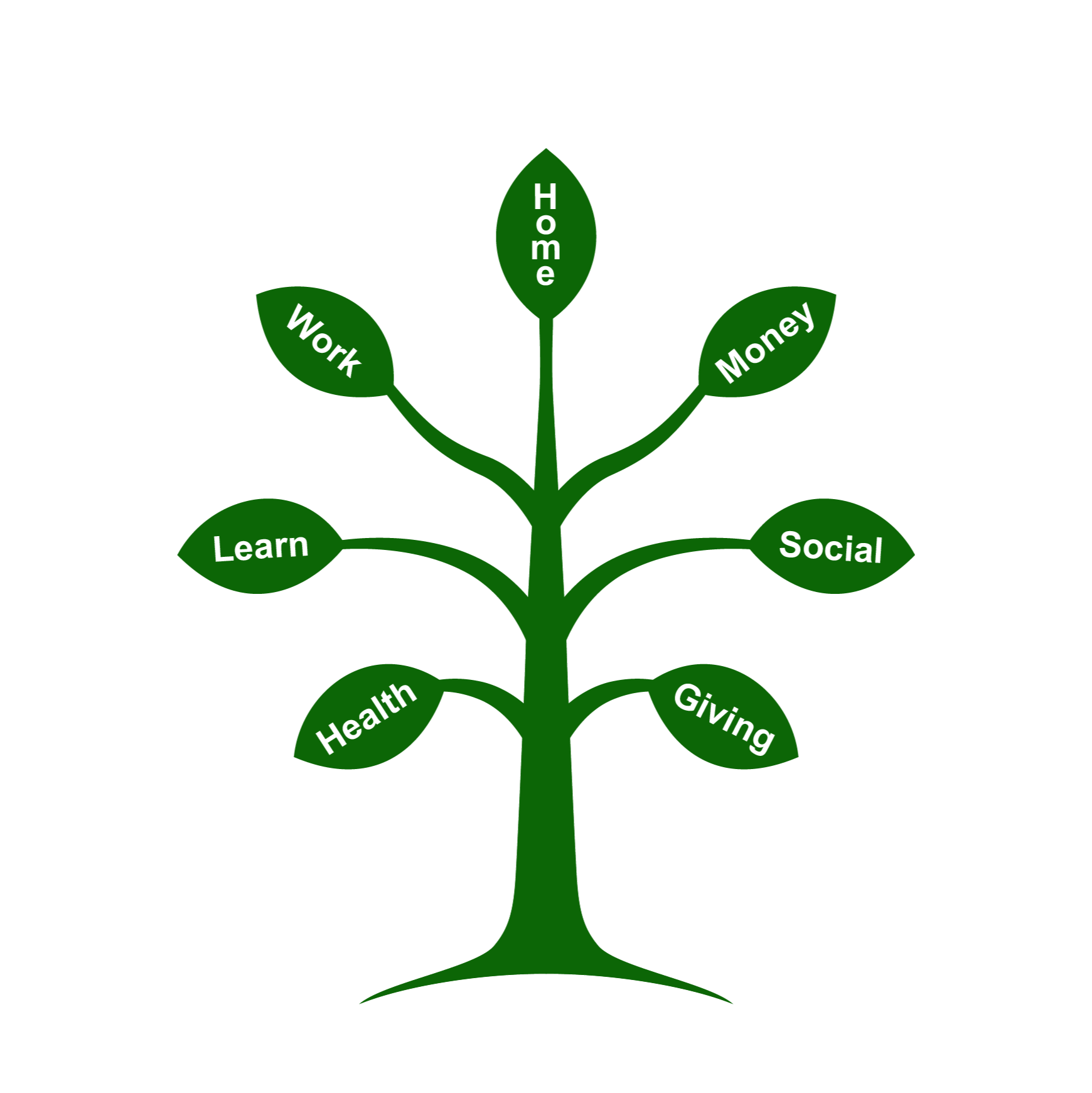Kintsugi: Finding Beauty in Brokenness

Ernest Hemingway said, “The world breaks everyone, and afterward, some are strong at the broken places.” What did you do the last time you dropped a bowl or vase? Did the pieces head straight for the trash bin? There’s a Japanese practice that repairs broken objects, not with the goal of concealing the damage, but by using it to highlight its beauty and even enhance its value. It’s an art form called Kintsugi and it embodies a life lesson we can all learn a thing or two from.
When a piece of pottery is broken, the Kintsugi artist uses a precious liquid metal, traditionally gold or silver, and a dusting of gold powder to join the pieces back together. This process creates beautiful shimmering veins along the break — as unique to each piece as fingerprints are to each of us. Once repaired in this special way, the broken object is more beautiful — and more valuable — than it was even when it was “perfect.”
What if we routinely saw beauty in flaws and brokenness — to appreciate the journey objects have taken. And what if we could use that appreciation to find greater value in our own scars (physical and emotional) and were able to see them as beautiful reminders of the journeys we too have taken, as well as our ability to mend — and emerge from our own brokenness stronger than before.
So, the next time you come across a broken tchotchke, instead of reflexively tossing it, perhaps reflect on the journey it’s taken. Remember kintsugi and consider restoring it, giving it new life, it and letting its resilience serve as a reminder of the beauty that can be found in objects’ imperfections — and even the brokenness in ourselves.
Source

